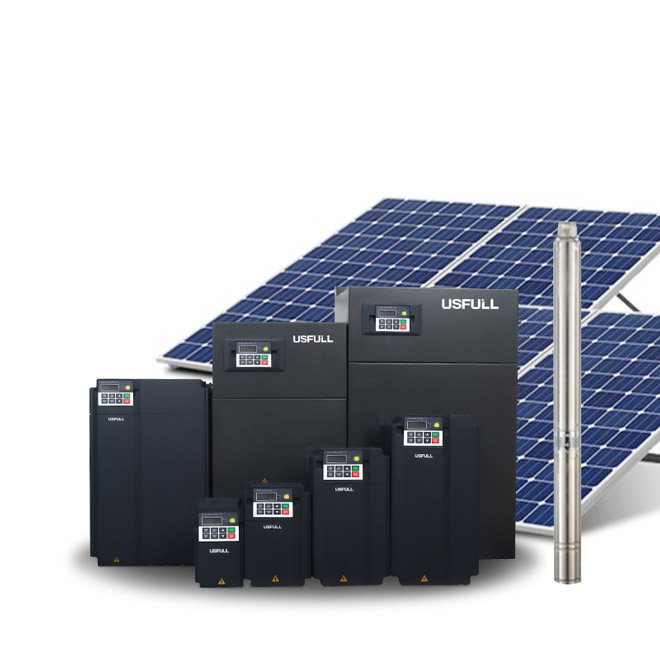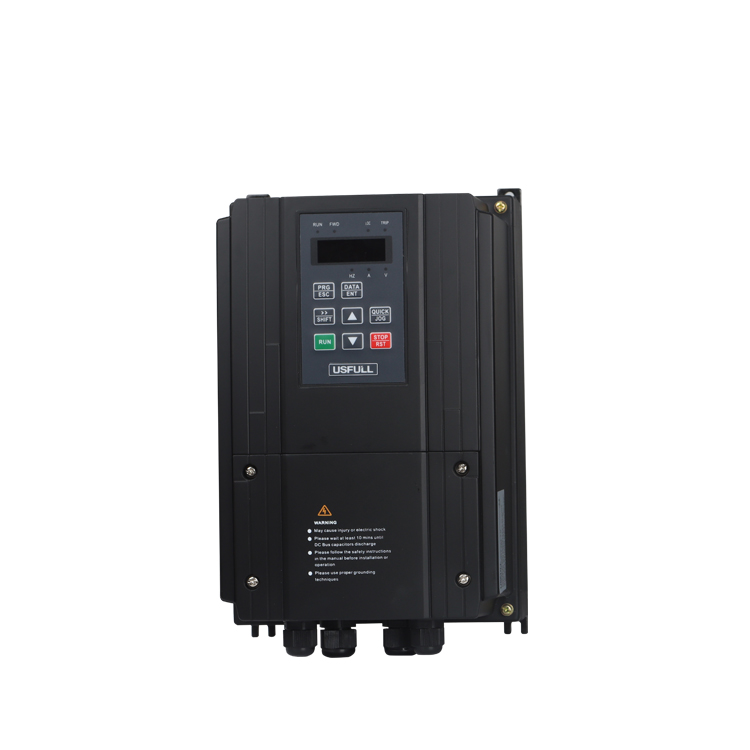Power systems can fail due to undetected surge protector faults, causing fires, equipment damage, or financial loss. A circuit breaker is the key.
A Устройство защиты от перенапряжения (УЗП), including DC surge, PV SPD, and solar surge protector, should be paired with a circuit breaker to prevent thermal failure, short circuit, or fire in extreme conditions. This ensures protection for both the system and the surge protector itself.
Let’s break down why proper coordination between SPD and circuit breakers is essential.
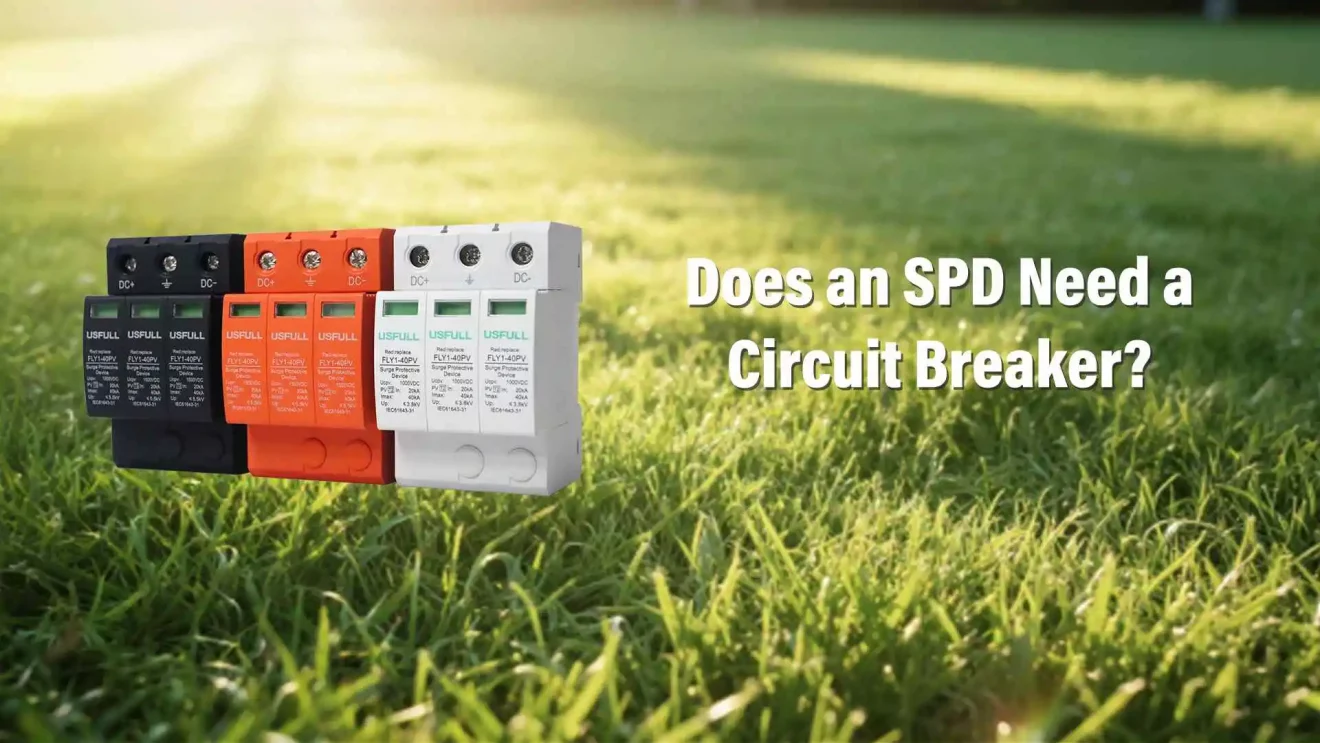
Principle of Operation for Surge Protective Device (SPD)
A Устройство защиты от перенапряжения (УЗП) is engineered to protect electrical systems from transient overvoltage, typically caused by lightning strikes, switching operations, or inductive load changes. It functions by diverting surge currents away from sensitive equipment and toward the grounding path.
Internally, an SPD uses nonlinear components such as varistors (MOVs), gas discharge tubes, or transient voltage suppression (TVS) diodes. Under normal conditions, these components exhibit high resistance. But when the system voltage exceeds a defined threshold—due to a surge—they rapidly switch to a low-resistance state, safely conducting excess voltage to the ground.
Устройства защиты от перенапряжения постоянного тока, especially in solar PV systems, operate the same way but are designed to handle the unique characteristics of DC current, such as the lack of natural zero crossing. This makes it critical that dc SPDs и солнечные сетевые фильтры have proper disconnection mechanisms to avoid thermal runaway.
Without an appropriate disconnection mechanism (such as a breaker), the SPD, especially in high-exposure environments like solar farms, risks overheating, degradation, or even explosion under sustained overvoltage conditions.
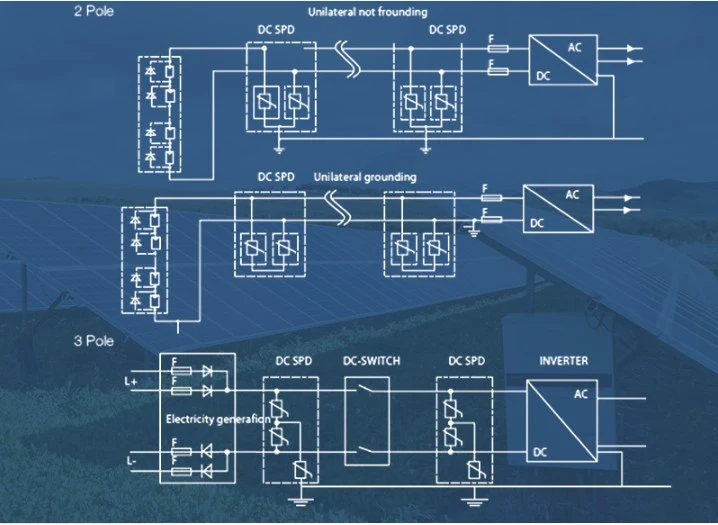
Selection Requirements for Circuit Breakers
Выбор правильного автоматический выключатель for use with a Устройство защиты от перенапряжения (УЗП) is essential for ensuring complete and coordinated protection. Breakers must be selected based on technical compatibility, protective needs, and regulatory standards.
First, the breaking capacity of the circuit breaker must exceed the maximum prospective short-circuit current at the installation point. This ensures that in case of a fault—such as a failed SPD—the breaker can safely interrupt current flow.
Second, the breaker should be tested with surge pulses, such as 8/20 μs and 1.2/50 μs waveforms. It should not trip under normal SPD operation, only during abnormal overcurrent or fault conditions. This ensures it complements rather than hinders SPD functionality.
Third, ensure correct pole coordination. For example:
A 1P+N dc SPD should be matched with a 2-pole circuit breaker.
A 3-phase солнечный СПД system may require a 3P+N configuration.
Finally, the tripping characteristics (such as B, C, or D curves) must align with SPD response times and expected fault current profiles. For PV SPDs, thermal-magnetic circuit breakers are commonly used due to the nature of DC faults.
Poorly chosen circuit breakers may either trip unnecessarily, compromising uptime, or fail to trip during an SPD fault, risking catastrophic damage.
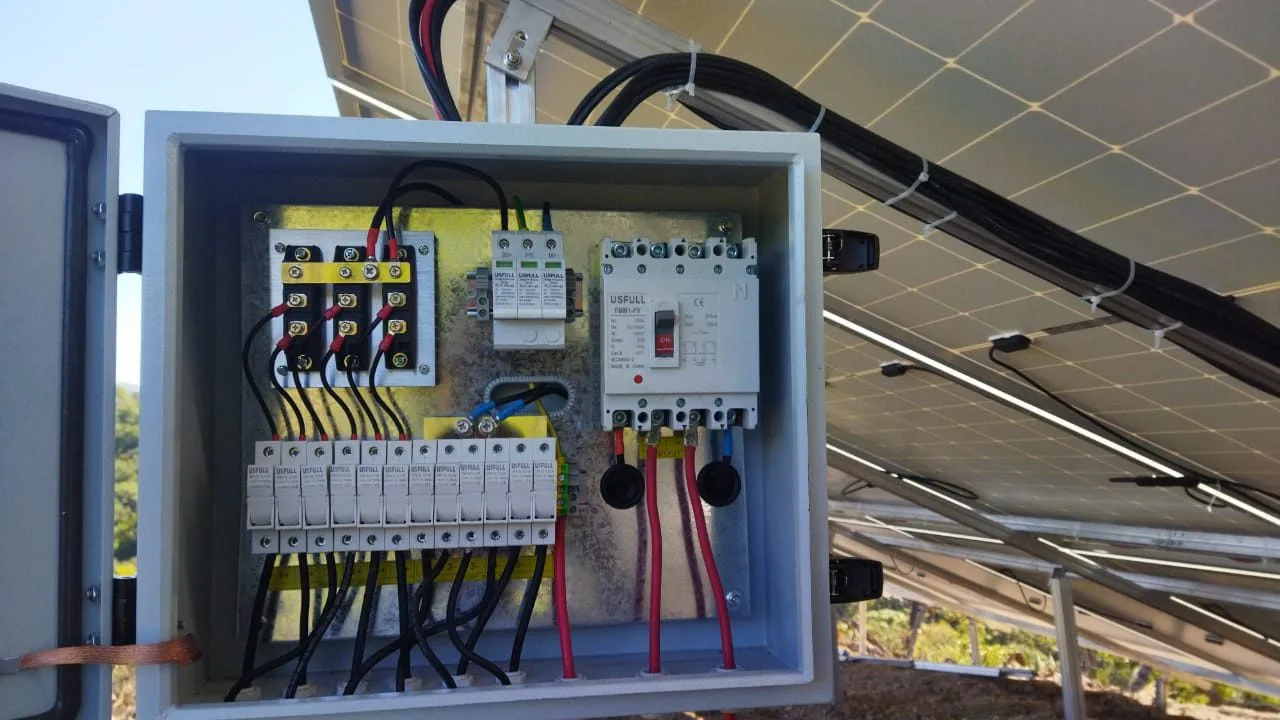
Does a Surge Protective Device (SPD) Need a Circuit Breaker (CB)?
In most applications, yes—a устройство защиты от перенапряжения needs a circuit breaker, and sometimes it is mandatory by installation standards.
Сайт автоматический выключатель acts as a backup protection for the СПД in case of internal failure or prolonged exposure to surges that degrade its components. When an SPD reaches end-of-life or is damaged by a high-energy event, it may short circuit internally. A breaker prevents this fault from affecting the rest of the system.
Especially in DC SPD installations like solar PV arrays, this is critical. Solar SPDs operate continuously in high-irradiance environments and are subject to frequent surges. Over time, even high-quality устройства защиты от импульсных перенапряжений постоянного тока can degrade, and without a breaker, overheating may occur silently, creating fire risks.
There are exceptions—some modern SPDs integrate internal disconnection mechanisms. But even then, external breakers are preferred because they:
Facilitate maintenance and safe replacement.
Allow visible isolation of the SPD.
Provide layered safety, especially in multi-tiered protection systems (Type 1 + Type 2 + Type 3).
Standards such as IEC 61643 и UL 1449 often recommend or require breakers upstream of SPDs, especially in dc surge и солнечный сетевой фильтр setups.
In conclusion, pairing an SPD with a properly rated circuit breaker is not just recommended—it is a best practice and often a compliance requirement in both AC and DC protection schemes.



